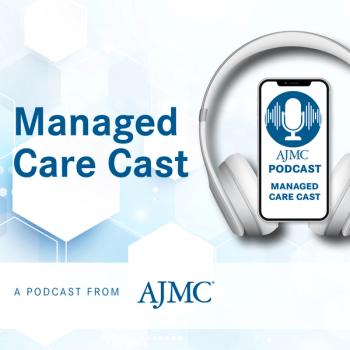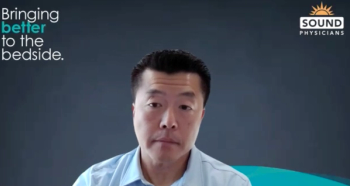
Dr Daniel Kantor Outlines Ways to Measure Disease Progression in MS
When measuring disease severity and progression in patients with multiple sclerosis (MS), there are several approaches that provide different information and have varying strengths and weaknesses, according to Daniel Kantor, MD, president of Kantor Neurology.
When measuring disease severity and progression in patients with multiple sclerosis (MS), there are several approaches that provide different information and have varying strengths and weaknesses, according to Daniel Kantor, MD, president of Kantor Neurology.
Transcript
How is disease severity and progression in patients with multiple sclerosis being measured?
Sometimes MS gets compared to a snowflake. We say that everybody with MS is unique in their own way and beautiful in their own way, much like a snowflake. That can also mean, though, that it’s difficult to study large populations of people with multiple sclerosis, because different people have different symptoms.
What we’ve been able to do since the early ‘90s is really study multiple sclerosis systematically, and we’ve used as our primary end point in many of our studies something called the annualized relapse rate. We also use, sometimes as a co—primary end point and sometimes as a secondary end point, we use some form of disability measurement. Now, there’s problems with both the measurement of annualized relapse rate as well as disability.
For example, annualized relapse rate looks at a population. It says, well, there’s 100 people in this group, each person had 1 relapse, that’s 100 relapses over that year, that’s an annualized relapse rate of 1. If we have 100 people, and 50 people have 2 relapses or attacks and 50 people have 0, that’s still a total of 100 relapses over a population of 100 people over the course of a year, which is still an annualized relapse rate of 1. Two very separate populations, very, very distinct, yet they have the same annualized relapse rate.
The problem with our disability measurement is that we use a scale that unfortunately is not linear. We’re using a scale called the Expanded Disability Status Scale score, and that says that 0 means no disability and 10 means death due to multiple sclerosis. But 6 means you used 1 cane, 6.5 means bilateral support, 7 means that you’re sometimes in a wheelchair, and as you can see it drops off very fast.
We are using other measures of disability. We’ve tried to use something called the Multiple Sclerosis Functional Composite, and that looks not just at walking at 25 feet, that also looks at using your hands in something called the 9-hole peg test, also using your thinking, and we’ve changed a little bit some of the testing that we’re doing. Some people have proposed looking at low-contrast visual acuity, meaning you look at that eye chart but what you do is you just gray it out a little bit, that becomes harder for somebody with optic neuritis to see. And so those are other clinical ways that we’re trying to measure disability.
Newsletter
Stay ahead of policy, cost, and value—subscribe to AJMC for expert insights at the intersection of clinical care and health economics.








































